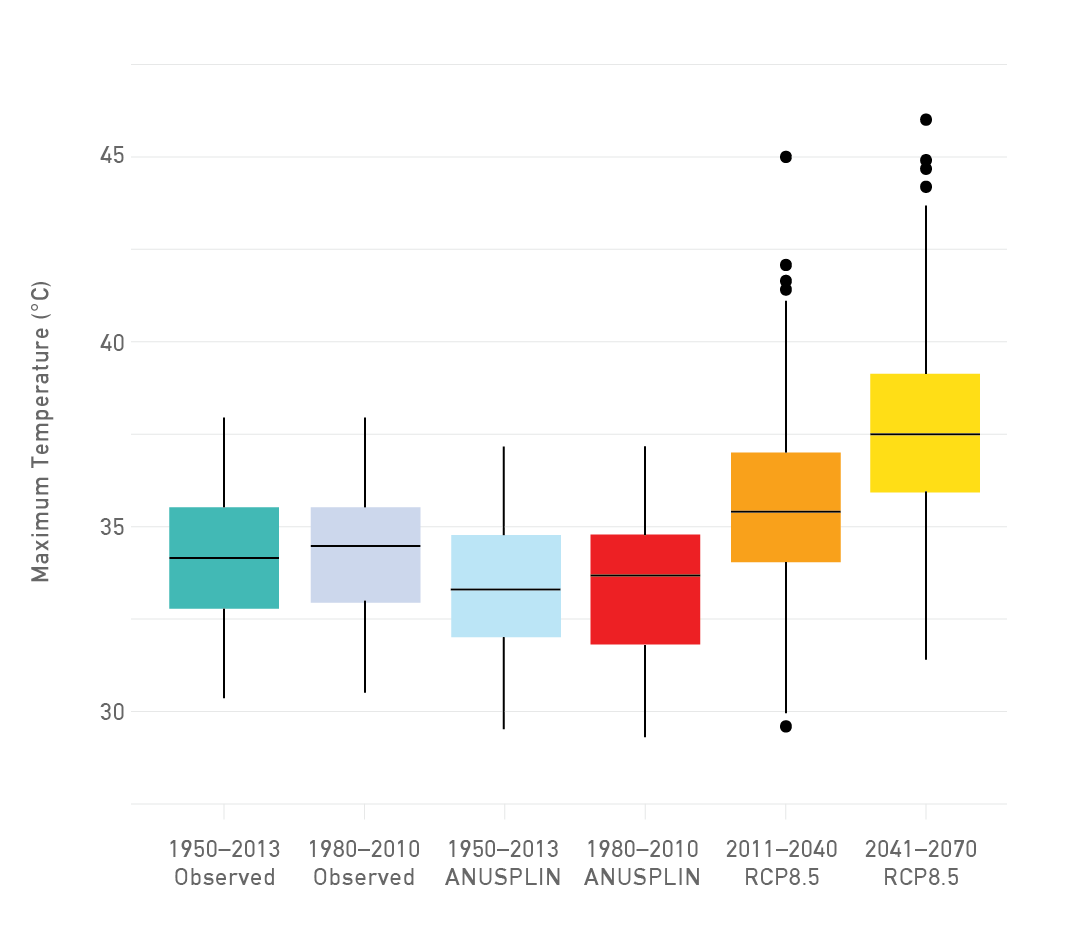The City of Toronto road network consists of approximately 5,600 kilometres of road and over 300 kilometres of laneways.1 In 2016, the City of Toronto evaluated the resiliency of City infrastructure to future extreme weather using high level risk assessments.2 The most critical climate change risk events for transportation infrastructure were found to be extreme rain in the downtown core and extreme heat, city-wide.2
Extreme heat causes asphalt pavements to soften and lose strength, which results in rutting under heavy vehicles and binder bleeding from the surface. In the event of an extended heat wave, there could be widespread pavement damage. Linear rutting along the wheel path area of roads could result in the ponding of water and hydroplaning accidents. When the pavement surface is irregular it may also result in more vehicle and bicycle accidents. The cost to repair widespread deformed pavement could be very high. Existing infrastructure, especially for the downtown core, was constructed many years ago and was not designed to accommodate today’s extreme weather events.2 With extreme heat, pavement lifespans may be reduced to less than the expected 15-25 year operational life without resurfacing.
The combination of extreme heat with other climate variables, such as heavy precipitation events and freeze-thaw cycles, increases its impact on pavement lifespans. As these other variables are also either increasing or persisting in frequency and severity due to climate change, their compounding effects on pavement wear will become more significant. While Toronto’s risk assessment process considered these various factors, this case study will focus solely on extreme heat risks and accompanying adaptation strategies.
One way of improving the resiliency of road infrastructure is to use pavement binders that are designed specifically to prevent premature pavement wear. The Superpave formula is used by some road authorities to determine pavement binder (extra crude oil and modifying compounds) performance grades (PGs). Usually PGs are based on historical climate data; however, considering future climate data will help ensure the use of road materials that will be resilient into the future.
In our current climate, road pavements in Toronto are not meeting their expected operational lifespans. Problems with pavement wear caused by heat and heavy traffic are already an issue. With observed and expected increasing temperatures, and increasing extreme temperatures, pavement wear will only worsen if pavement design continues to be based on historical temperatures.




